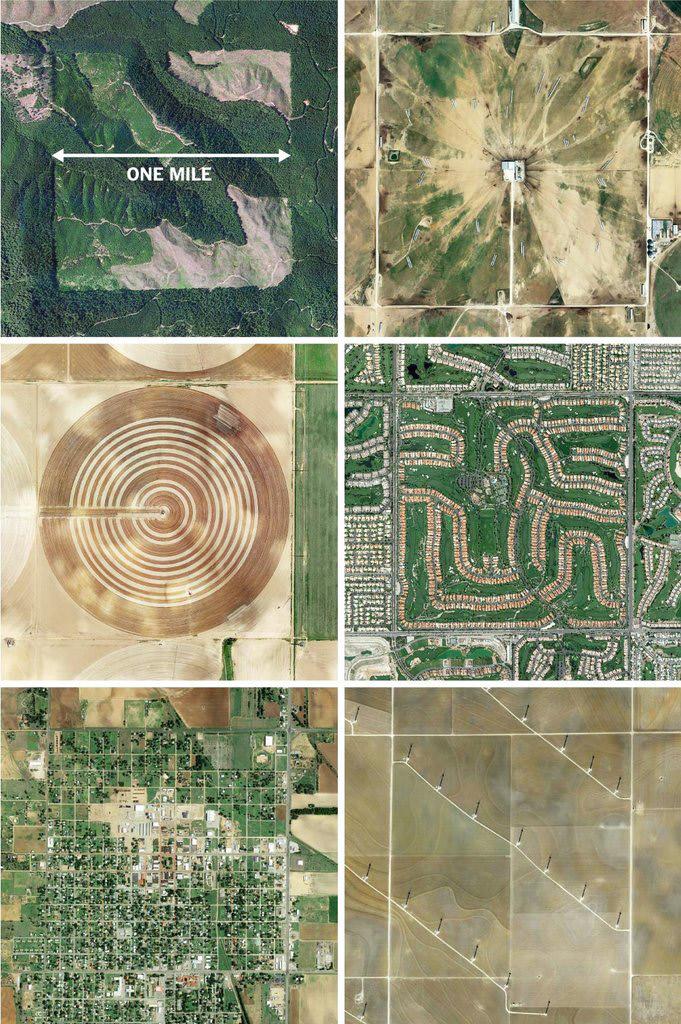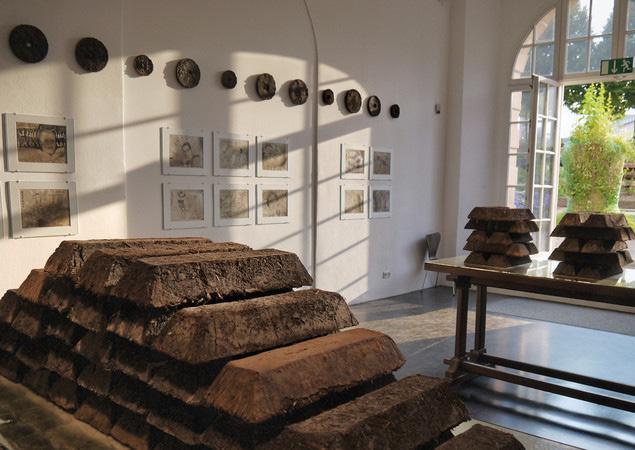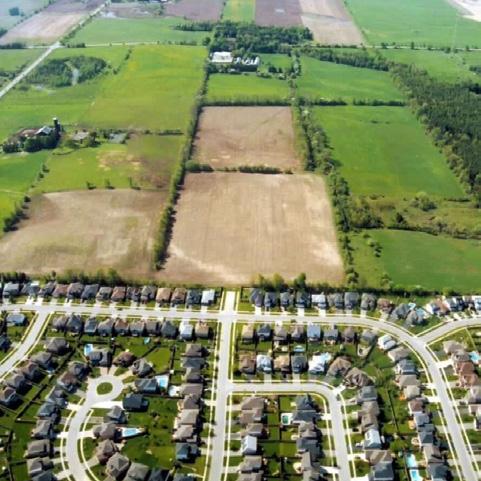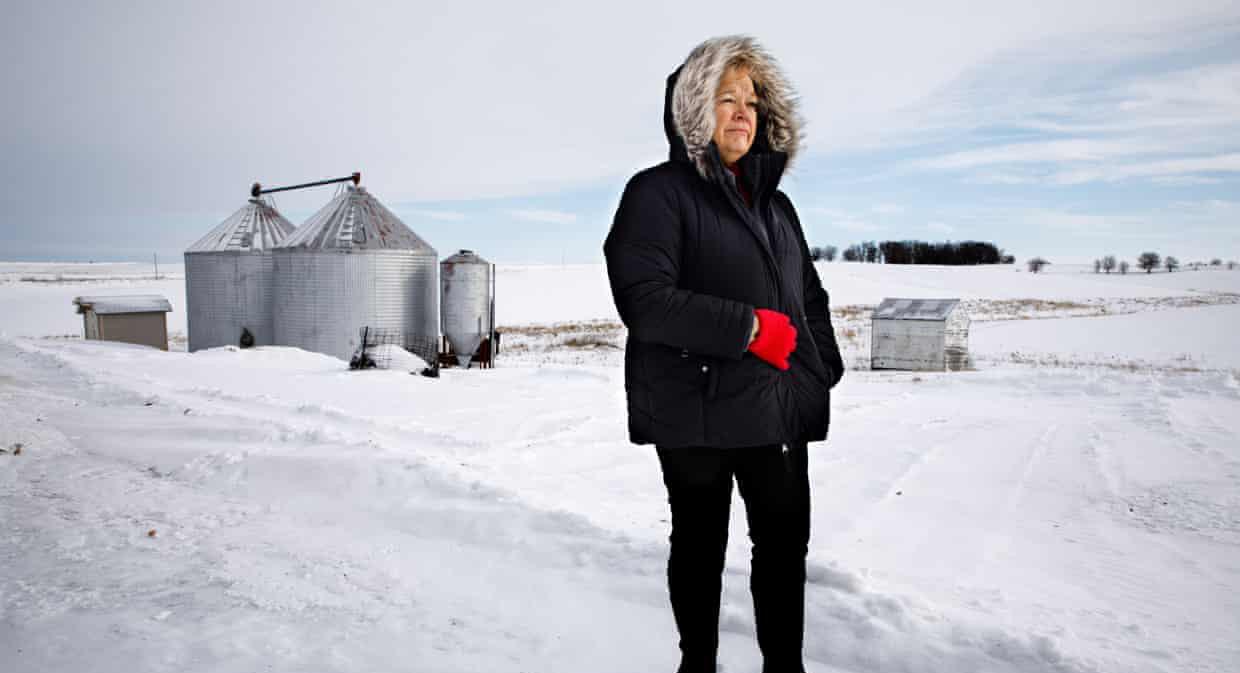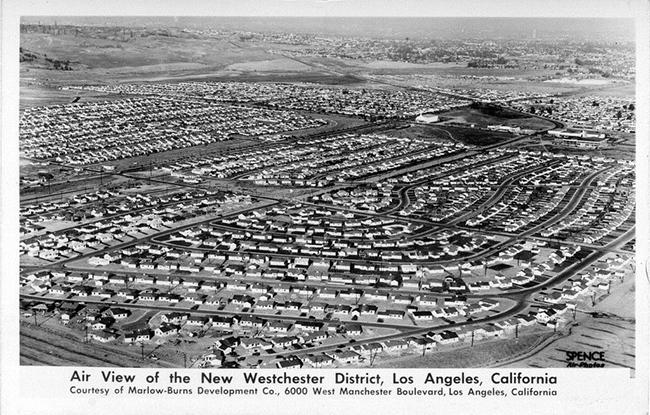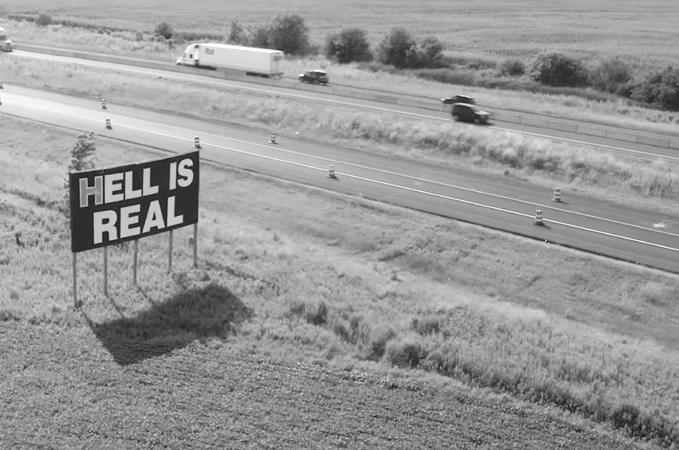
4 minute read
6.3 - Moving Horizontally
from Residual Farmland
by clareknecht
In a short tenure of American culture on its landscape, a legacy of linear association – horizontal thinking – has evolved. The linear is a manifest in landscape arrangement where all country roads, town streets, property lines and the relatively few trees resemble a straight edge, by perfect design. The people, the methods, the industries, and us, the designers, have thought too long of it as linear - that which lies directly and inevitably in front. But as we ask ourselves issues as to what does this landscape look like tomorrow, how do Americans project themselves onto the landscape, and what does the politics and planning have in store for the Midwest’s future - I hope designers begin to see what the American Dream intended: opportunity. In a perfect world, the projects presented in the previous section, “Countryside as the City”, would be practiced on our own landscapes. Studied and documented to present potential outcomes for design of residual farmland. Speaking for ourselves as tenants of the land, rather than waiting for another expansion around the periphery of upcoming cities. Allowing the countryside to remain in tact while still infiltrating it with infrastructure and opportunity could bring the Midwest into the post-modern translation of the American Dream.
Dedicated to The Barn, whose journey throughout history is ingrained in piecemeal construction and residual farmland and holds the bucolic landscapes of mixed farming that may survive only as nostalgia.
Advertisement
SOURCES
Abadi, Mark. “Even the US Government Can’t Agree on How to Divide up the States into Regions.” Business Insid er. www.businessinsider.com, https://www.busines sinsider.com/regions-of-united-states-2018-5. Ac cessed 1 Apr. 2020. Albanese, Mike. “Why Are Home Prices in the Midwest Booming?” TheMReport.Com, 19 Mar. 2020. them report.com, https://themreport.com/dai ly-dose/03-19-2020/why-are-home-prices-in-themidwest-booming. Barone, Adam. “What Is the American Dream?” Investope dia. www.investopedia.com, https://www. investopedia.com/terms/a/american-dream. asp. Accessed 21 Apr. 2020. Bliss, Laura. “Photographing the American ‘Grid,’ One Square Mile Per Frame.” CityLab. www.citylab.com, http:// www.citylab.com/design/2015/09/photographingthe-american-grid-one-square-mile-perframe/405610/. Accessed 1 Apr. 2020. Bryce, Emma. “Growing Mega-Cities Will Displace Vast Tracts of Farmland by 2030, Study Says.” The Guardian, 27 Dec. 2016. www.theguardian.com, https://www .theguardian.com/environment/world-on-aplate/2016/dec/28/growing-mega-cities-will-dis place-vast-tracts-of-farmland-by-2030-study-says. “Common Frameworks Part 3: Taiqian.” Issuu. issuu.com, https://issuu.com/gsdharvard/docs/commonframe works3. Accessed 1 Apr. 2020.
“Fossil Fuels Account for Lowest Share of U.S. Energy Con sumption in More than a Century.” Yale E360. e360. yale.edu, https://e360.yale.edu/digest/fossil-fuels-ac count-for-lowest-share-of-u-s-energy-consumptionin-more-than-a-century. Accessed 21 Apr. 2020. Frey, William H. “US Population Disperses to Suburbs, Exurbs, Rural Areas, and ‘Middle of the Country’ Metros.” Brookings, 26 Mar. 2018. www.brookings. edu, https://www.brookings.edu/blog/the-ave nue/2018/03/26/us-population-disperses-to-sub urbs-exurbs-rural-areas-and-middle-of-the-countrymetros/. Groskopf, Christopher. “Help Us Solve a Mystery: Why Is the Midwest More Equal than the Rest of America?” Quartz. qz.com, https://qz.com/594766/help-explainan-economic-mystery-why-is-the-american-midwestmore-equal-than-the-rest-of-the-country/. Accessed 21 Apr. 2020. Has Urbanization Caused a Loss to Agricultural Land? - Sub urb, Housing, Farmland, Urban Sprawl, California, Ontario. http://www.moyak.com/papers/urbaniza tion-agriculture.html. Accessed 30 Apr. 2020. Huang, Zhonghua, et al. “How Does Urbanization Affect Farmland Protection? Evidence from China.” Re sources, Conservation and Recycling, vol. 145, June 2019, pp. 139–47. ScienceDirect, doi:10.1016/j. resconrec.2018.12.023. Income and Wealth in the United States: An Overview of the Latest Data. www.pgpf.org, https://www.pgpf. org/blog/2019/10/income-and-wealth-in-the-unit ed-states-an-overview-of-data.
Kotkin, Joel. “So Much For The Death Of Sprawl: America’s Exurbs Are Booming.” Forbes. www.forbes.com, https://www.forbes.com/sites/joelkot kin/2015/11/03/so-much-for-the-death-of-sprawlamericas-exurbs-are-booming/. Accessed 24 Apr. 2020. “List of Regions of the United States.” Wikipedia, 26 Apr. 2020. Wikipedia, https://en.wikipedia.org/w /index.php?title=List_of_regions_of_the_United_ States&oldid=953217604. McGreal, Chris. “How America’s Food Giants Swallowed the Family Farms.” The Guardian, 9 Mar. 2019. www. theguardian.com, https://www.theguardian.com/ environment/2019/mar/09/american-food-gi ants-swallow-the-family-farms-iowa. “Midwestern United States.” Wikipedia, 29 Apr. 2020. Wiki pedia, https://en.wikipedia.org/w/index.php?ti tle=Midwestern_United_States&oldid=953945495. Nicolaides, Becky, and Andrew Wiese. “Suburbanization in the United States after 1945.” Oxford Research Ency clopedia of American History, 26 Apr. 2017. oxfordre. com, doi:10.1093/acrefore/9780199329175.013.64. Phelps, N. A. Sequel to Suburbia: Glimpses of America’s Post-Suburban Future. The MIT Press, 2015. “Public Land Survey System.” Wikipedia, 25 Mar. 2020. Wikipedia, https://en.wikipedia.org/w/index.php?ti tle=Public_Land_Survey_System&oldid=947371027 Reaping What We Sow: Mapping the Urbanization of Farm land Using Satellites and City Lights. NASA Earth Observatory, 2 Nov. 2000. earthobservatory.nasa. gov,
Satterthwaite, David, et al. “Urbanization and Its Implications for Food and Farming.” Philosophical Transactions of the Royal Society of London. Series B, Biologi cal Sciences, vol. 365, no. 1554, Sept. 2010, pp. 2809–20. PubMed, doi:10.1098/rstb.2010.0136. Sisson, Richard, et al., editors. The American Midwest: An Interpretive Encyclopedia. Indiana University Press, 2007. Soil-Erg | Claire Pentecost. www.publicamateur.org, http:// www.publicamateur.org/?p=85. Accessed 1 Apr. 2020. “The Midwest Dominated 20 Hottest Housing Markets in October.” Realtor Magazine, 7 Nov. 2019. magazine. realtor, https://magazine.realtor/dai ly-news/2019/11/08/the-midwest-dominat ed-20-hottest-housing-markets-in-october. “The Midwest Dominates the Hottest Real Estate Markets in September, and Here’s Why.” Real Estate News and Advice | Realtor.Com®, 10 Oct. 2019. www.real tor.com, https://www.realtor.com/news/trends/ the-midwest-dominates-the-hottest-real-estate-mar kets-in-september/.
Thank you.
RESI DUAL FARM LAND
Residual Farmland examines the evolution and current urban development and subsequent form of the Midwest, with the Great Lakes mega-region being highlighted as an important case study. As the scale of farm operations in the Midwest increases and the number of farms decreases, driven by mechanization and the other technological advances in agriculture geared toward reducing costs of production, families in pursuit of land increasingly encroach upon the hinterlands of these places. With no steak in the land’s production or need for it to work functionally, American’s project their own identity onto the land.
“The framework of growth, however hastily devised, tends to become the permanent structure. For better or for worse, the American suburb is a remarkable and probably lasting achievement.”
– Kenneth Jackson, Crabgrass Frontier
This work was completed by Clare Knecht, a first year M.Arch student, in part of Design Research: Methods and Strategies (ARCH7100) in the Spring of 2020 with guidance of Matthew Jull, PhD, and Teaching Instructor, Jonah Pruitt at the University of Virginia.

